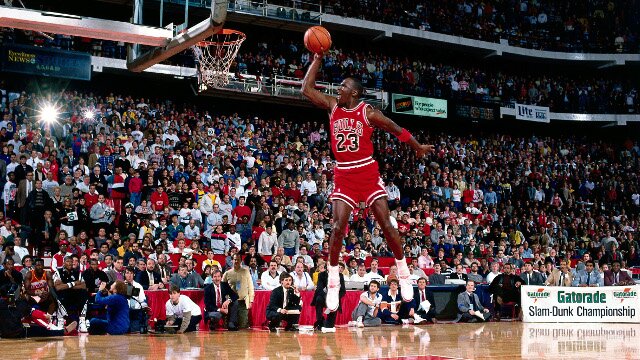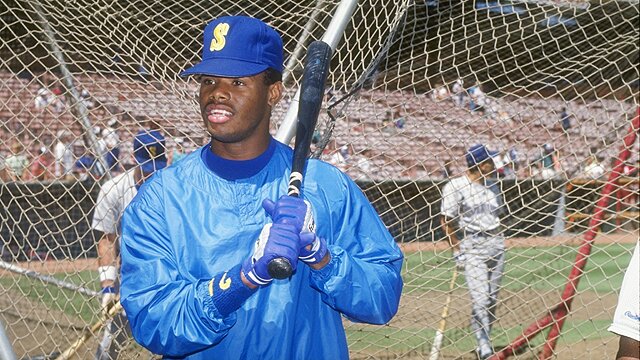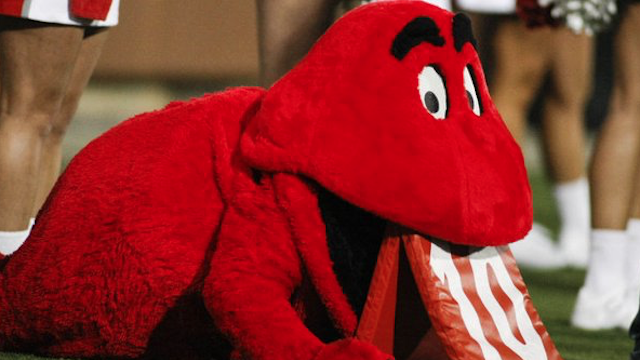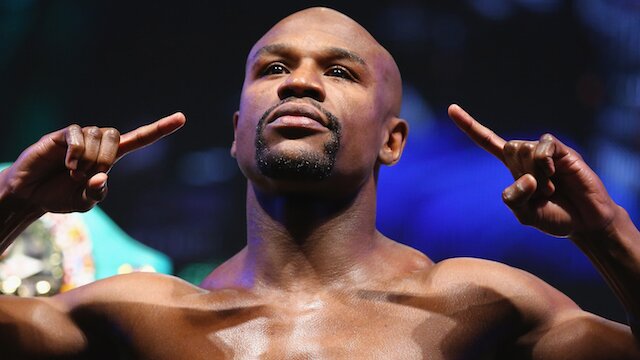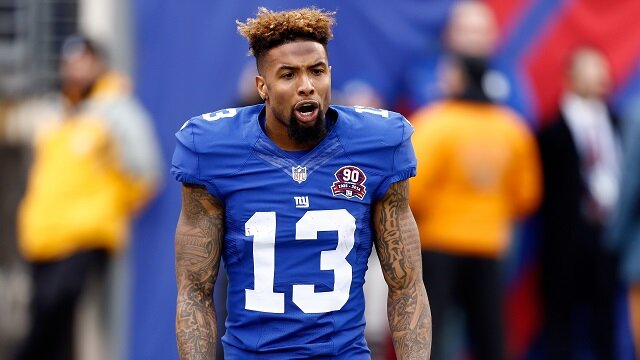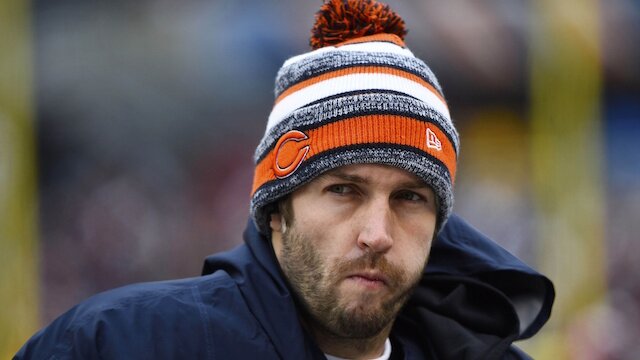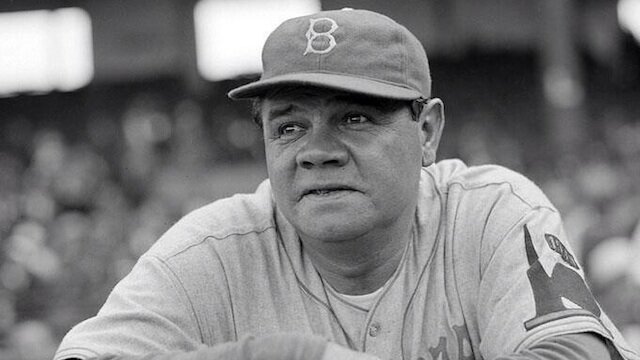15 Ways Social Media Has Changed the Sports World

There’s no doubt social media has changed the sports world for the better. However, the astounding part is the level of impact it has had. These are the 15 ways social media has changed the sports world.
15. Immediate Score Updates

15. Immediate Score Updates

The first impact of social media in the sports world was immediate score updates. No longer would fans have to watch the game or search on the Internet for the score of their favorite team because social media took care of it. Team Twitter handles provides live updates, which is incredibly useful for the fans who are too busy to watch the game.
14. Up-to-the-Second Stats

14. Up-to-the-Second Stats

Likewise, up-to-the second stats have been a huge deal. Fans can get any sort of information they desire by staying tuned in to social media. The best part is the stats that are typically put on Twitter and Facebook are interesting facts not many people know about. Watching a live game with a team’s Twitter feed nearby is guaranteed to give fans a different perspective.
13. Communication With Favorite Players

13. Communication With Favorite Players

One of the biggest thrills about social media is the ability to interact with celebrities. Whether your favorite athlete re-tweeted you, liked something of yours on Facebook or commented on your Instagram photo, fans connecting with players has never been easier.
12. Improved Communication With Allied Fans

12. Improved Communication With Allied Fans

Another aspect of communication that has been dramatically improved is interacting with other fans of the same favorite team. Just like it’s easy to make new friends while cheering for the same team at a live sporting event, the same goes for doing so on Twitter or Facebook. Even better, finding the people you meet at live games on social media means long-term friendships can be born.
11. New Age of Taunting

11. New Age of Taunting

One of the best parts about social media is the ability to taunt opponents. The new age of taunting allows fans to troll opposing players after a big loss or make fans of a rival team feel insecure about their allegiance. Not to mention, memes, which have taken social media by storm. I’m looking at you Jameis Winston and your crab-stealing shenanigans.
10. React Instantaneously With Other Fans

10. React Instantaneously With Other Fans

Reacting to a big play only to realize you’re the lone wolf in the room to see it happen is one of the worst feelings in the world. With social media, fans can react instantaneously with other fans. The biggest moment in Twitter history occurred when Tim Tebow threw an 80-yard touchdown pass to defeat the Steelers in the playoffs in 2012. His name was trending at a pace of 9,420 postings per second. Don’t underestimate the power of social media.
9. Outlet for Players

9. Outlet for Players

Tebow is the man when it comes to social media. His mere presence on the Internet has allowed other players to have a similar outlet. It isn’t just a way for players to connect with their fans; they can easily express their opinions without feeling the wrath of the commissioner. Players can’t say whatever comes to mind during a press conference, but there’s more leniency when it comes to social media.
8. Players/Coaches Have To Be Very Careful What They Say

8. Players/Coaches Have To Be Very Careful What They Say

Of course, with great power comes great responsibility. Chad Ochocinco was fined $25,000 for using Twitter during a game, Rashard Mendenhall lost an endorsement after insensitive comments on Twitter about 9/11 and Larry Johnson was essentially released by the Chiefs after a petition of angry fans didn’t take to kindly to what he had to say about a coach. Social media can ruin a player just as easily as it can build it.
7. Opinions Welcomed To Be Expressed

7. Opinions Welcomed To Be Expressed

Sports and debate go hand-in-hand. In fact, it’s one of the best parts about sports. Social media has brought the debate about players, teams and leagues to an entire new level. Opinions are expressed on a daily basis. What’s even better is those opinions have the chance to go viral. Whether it’s creating a blog and sharing ideas with the masses via social media or simply making a comment on Facebook, expressing an opinion has never been so easy.
6. Fame Is Achievable

6. Fame Is Achievable

Speaking of going viral, fame is achievable. Whether it’s Jeremy Lin becoming an overnight success and having his Twitter followers increase by 21 times in his first month of relevancy or the average fan getting their tweet blown up and shown on SportsCenter, becoming a well-known being in the sports world is feasible. Tebow was already famous prior to Twitter, but it was social media that helped make him an icon to people outside of sports.
5. Sports Marketing

5. Sports Marketing

An astonishing 83 percent of fans will connect with sports social media sites while tuning into a game. Meanwhile, 63 percent of fans will use their phone to check social media while at a game. Sports-related companies have figured out that social media is a way to connect directly to fans. Even better, teams are using social media to create opportunities for fans and keep them in the loop.
4. Fantasy Sports

4. Fantasy Sports

Updated stats and taunting are just a couple ways fantasy sports have been revolutionized by social media. Fantasy owners can create Twitter lists to follow fantasy sports writers, use social media to monitor fantasy podcasts and access other various social media sites to get the latest up-to-date information about players. Every Sunday, Rant Sports uses Facebook to allow fans to ask Fantasy Football advice about whom to start and sit.
3. Sports Education

3. Sports Education

It won’t take long to learn a thing or two while spending time on social media. Since the sports world is constantly changing, there’s always something new to be educated about. The obvious is learning a new statistic or fact about a player, but it’s also a way for an uneducated fan to learn about what’s happening in the sport. Sports news has to start somewhere, and it usually spreads like wild fire due to social media.
2. Rumor Mill

2. Rumor Mill

Speaking of wild fires on social media, one of the greatest parts is the rumor mill. Free agency, trade deadlines and the MLB winter meetings can get intense. Thanks to social media, fans have access to all of the latest rumors and news at their fingertips. It’s also a way for a writer or player to fall into hot water after prematurely posting something on social media. Does anyone remember when Jared Allen was “confirmed” to be a Seahawk?
1. Endless Community Opportunities

1. Endless Community Opportunities

Larry Fitzgerald raised money for breast cancer research by donating 10 cents for every new Twitter follower. Nick Swisher could only get gasoline and other help from his Twitter followers while he raced from Tampa Bay to Dallas as part of a Twitter competition. Athletes use social media to raise awareness for their charities, as well as, have fun with their fans by meeting them in public places.
 Share
Share 




